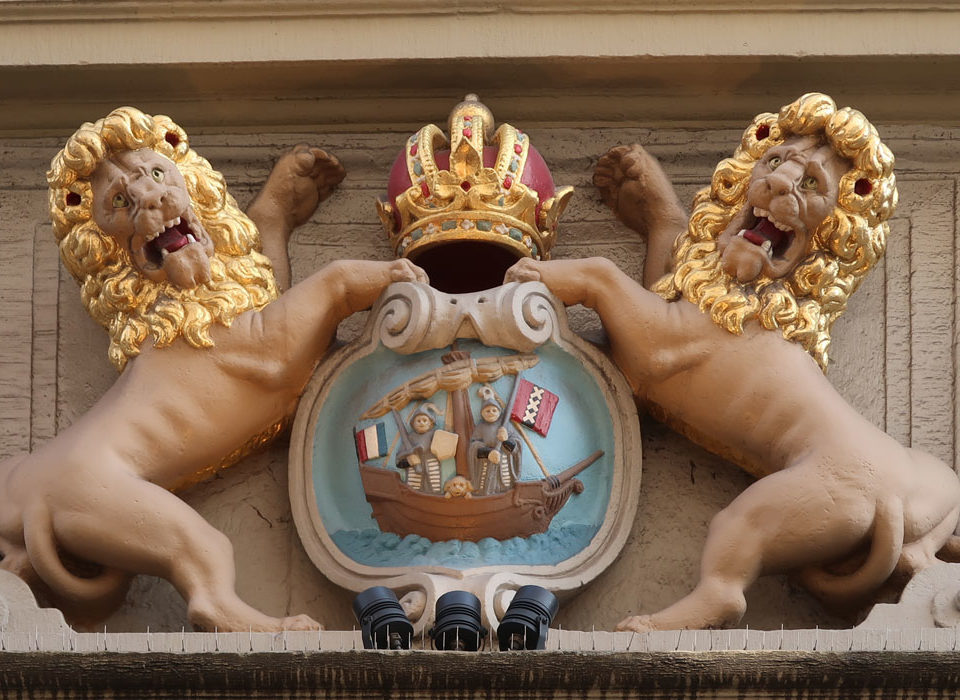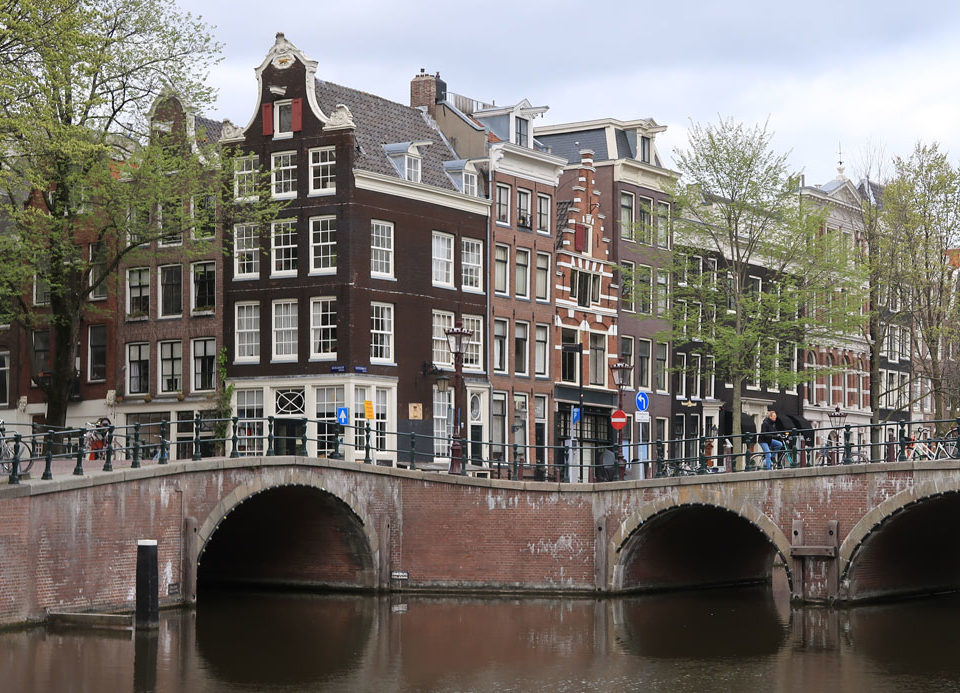
Beer in Amsterdam
August 24, 2020American Heritage in Amsterdam
June 29, 2022Amsterdam boasts about 8.500 monuments. Most historical monuments derive their monument status from their beautiful exterior. About 1000 buildings also have an interesting interior.
Last year I made an exhibition about these period rooms together with Hans Tulleners and Peter Vermeulen. Hans and I also wrote a book, which has now been reprinted and can be found in the bookshop.

Interiors do not survive easily
It's actually a miracle that still buildings exist, in which even after more than ten generations elements of the original interior have been preserved. That actually only happens if the space itself has nail-proof objects of special quality, such as built-in cabinets, wooden wainscoting, wooden unpainted floors, marble fireplaces, beautifully carved doors, stucco on the ceiling, fixed mirrors, door or chimney pieces and coverings. Ceiling paintings are usually on canvas and therefore easy to remove, just like painted wallpapers. But if they really have quality and are well maintained, then there is a chance that they will continue to survive, or that they have been relocated to another room or property. And that happened regularly, because the houses in Amsterdam often have the same sizes, as the lots were usually issued in the same width.
It is an even greater miracle if the original furniture and other movable items have been preserved, which were often specially designed for that space. The fact that the Amsterdam canal houses often have spacious attics that - especially in houses from the 18th century – have never been used for storage of trade goods, helped to preserve furniture or painted wallpapers. There was no need to throw it away, as there was always ample storage room in the attic.
Conversion to office space was a big threat for the interiors
From the middle of the 19th century, canal houses have been converted into office buildings and this has continued through the ’60s and ’70s of the last century, until the accessibility of the city center by car became a problem and offices moved to the outskirts of the city. The newly built office space at the “Zuidas” more or less saved the old city. The departure of offices from the city center was the cause of the revival of many canal houses, which were often restored and were sold in apartments.
Where in the house can we find period rooms?
An Amsterdam canal house usually consists of a "front house" consisting of a front room and a back room, then a corridor with a small courtyard next to it that brings light into the house. In the "back house" we find the large reception room that is often reached via a few steps.
All these spaces may be decorated, and then may be called period rooms.
The large reception room was the most beautiful room in the building, intended to receive guests, listen to music together listen, play a card game, but most of all to impress. The other rooms in the house were private and usually hardly decorated and certainly not meant to impress. An exception is in some cases the garden room, which is often simple was decorated and where the daily dinners were maintained.


